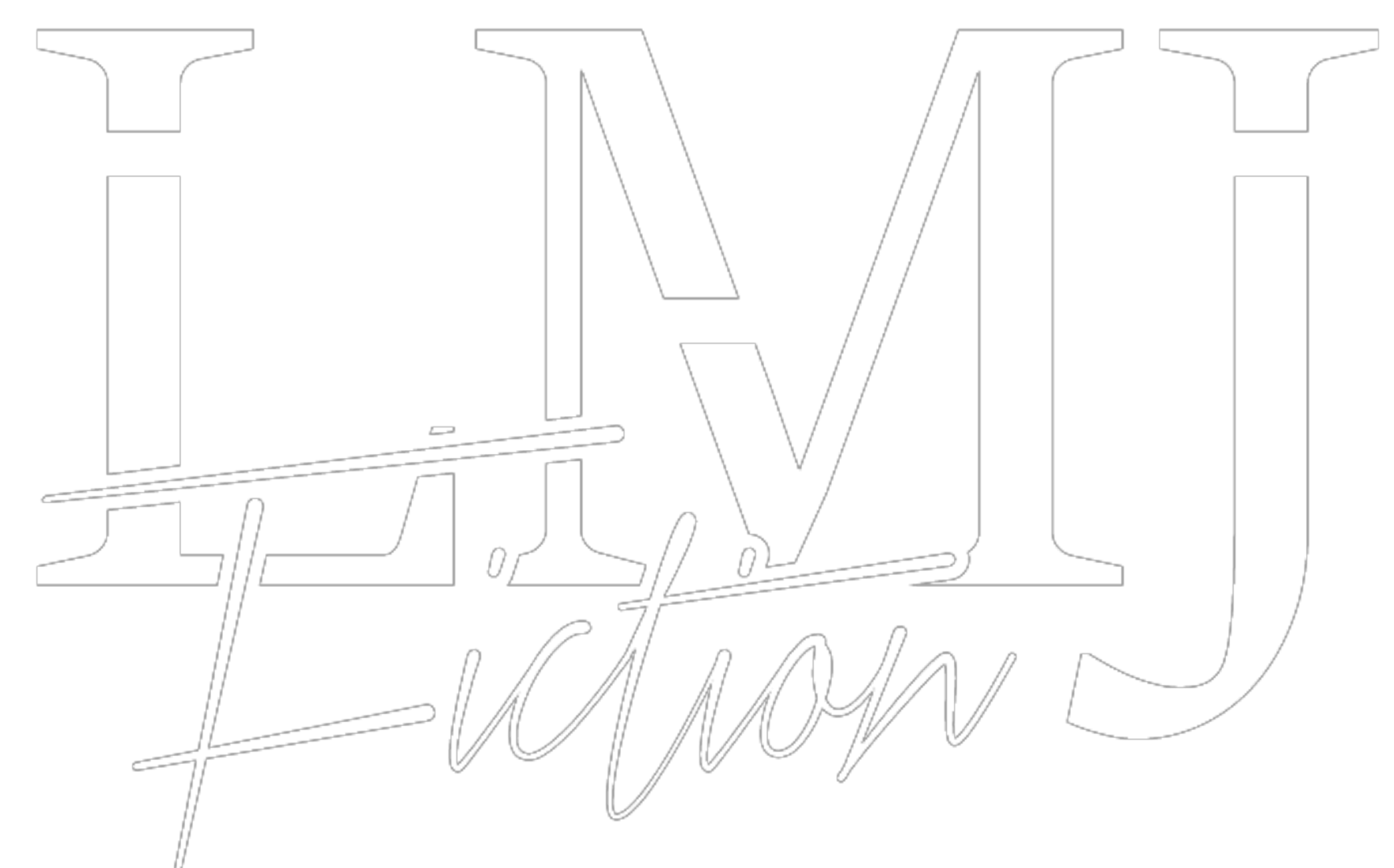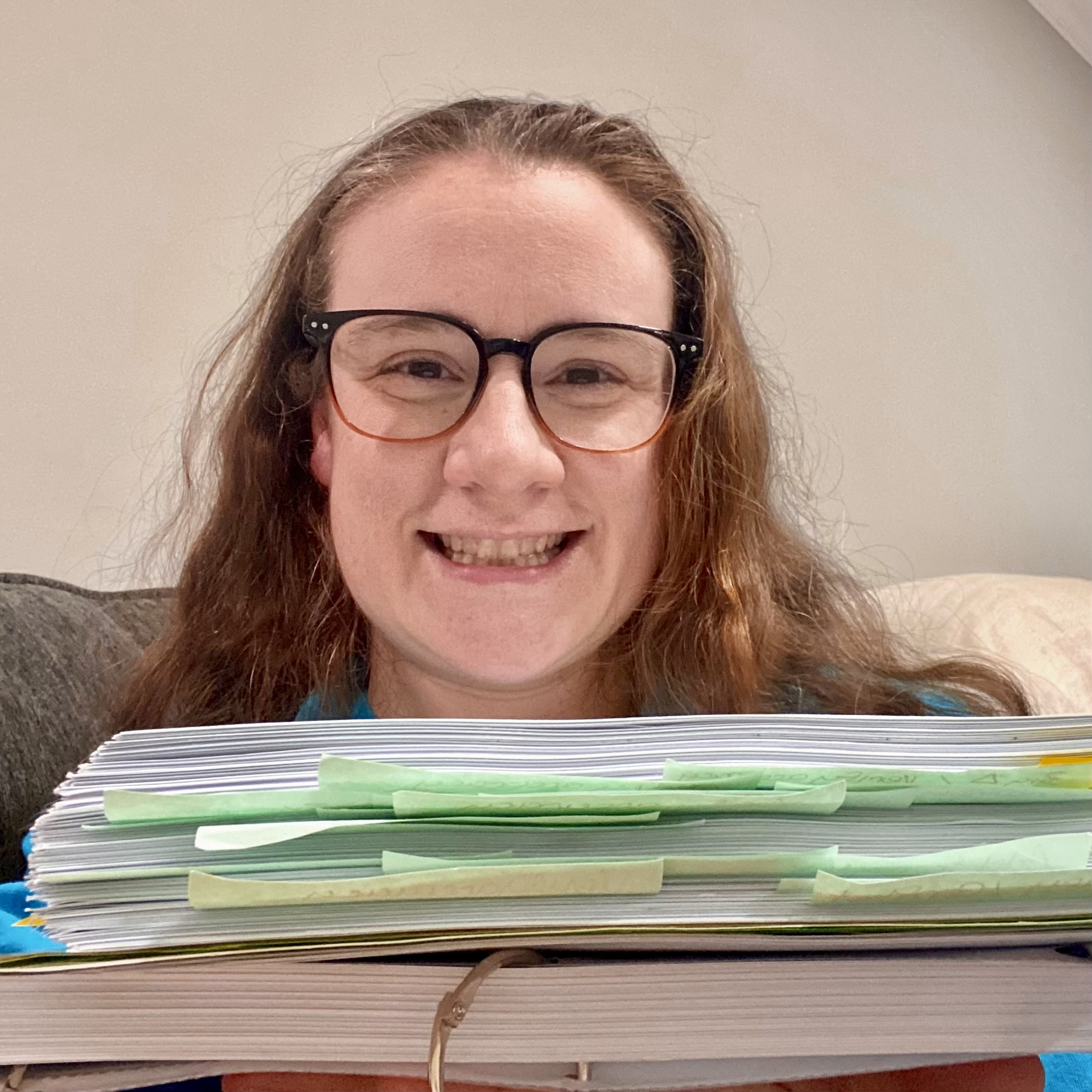…or Reaping the Fruits of Experimentation
I used to think that writing a “draft” meant you weren’t a good enough author to get it right the first time. Little did I know, it’s really more about lopping words onto a page so you’ll have something to smoosh and smack into a book through editing.
Lots. Of. Editing.
Well, since we are on that topic…
“Is it out yet?”
I know you’re probably wondering where the heck book one is already. Well, i’m finishing the last of the whallops and pokes, okay? Its very nearly there. And that process has taught me—and then taught me again—writing is about creating something that’s kinda almost right so you can actually work to make it right. Fear not, it’s only a few weeks away.
The thing is, I have to out-do myself. So as book 1 has been doing a slow simmer with an editor (or two), I have been working hard core on book two. I’ve found this book exists to reinforce an old lesson I always believed but never put to the test.
Writing test balloons
I write a scene “for fun” sometimes—totally random. These are my rewards after a long day of editing. Freewriting is my very favorite part of this entire complicated, convoluted, and expensive process. Some folks need chocolate. I need some golly gosh darn creativity for Maker’s sake.
Sometimes these test scenes are to see how two characters get along (or don’t get along). Is there chemistry? Does it just read like a blind date gone wrong? Regardless of success, these test balloons are always kindling for future books.
The artist speaks.
When I first started drawing I read a facinating book called “Drawing on the Right Side of the Brain.” The author told you to silence your inner critic and then provided copious exercises in drawing to make you do it. Hell if it didn’t work like a charm. This study taught me to draw. What I saw ended up on the paper and actually matched what I saw. It was amazing and worth the time investment.
Inner critics are very good at hyperbole.
Art doesn’t equate to writing (at least not anatomically, these are entirely different clusters of neurons, after all.) However, art teaches you to build on the good. The quality bits of whatever you make. That’s how you become an artist: fearlessness. You flip off that inner critic and start to see things as they actually are.
At first, it was just a line that happened to precisely match the curve of a teacup. Then it was a shadow that looked… almost… real. The perfect color mixed for a leaf. Before I knew it, all these little “perfects” added up to ligitimately good creations.
Nothing written is ever wasted… no really.
With written word, this process is even easier. It isn’t something as abstract as a slanted line or a smudge of pencil that you think is good. If you tried to get someone else to see that “perfect” right there, they might not catch it. Words are so incredibly precise and self contained.
When you do a painting or drawing, there’s a point in the process where you totally hate it (always). The trick is to step away from it and come back or at the very least back the heck up and view it from a distance. The ideal viewing distance for a painting in the Smithsonian is five to seven feet. Perspective matters, and it always sets your mind straight about a thing you think is awful. It helps you to see the good.
I write a test balloon scene and at first I hate it. I put it aside and then come back some time later. (After all, you can’t merely view the page from further away to make the perspective snap into place.) I promise you there will be something about it I can later use. A word. A sentence. A paragraph. A new character. Building on the good is a matter of copy/paste–there’s no gesso, paper, erasers, or mess required.
Alas, I have arrived at the point—700 words later. What can I say? i’m an imperfect person. Save everything. Every scribbled note. Every odd little idea on a sticky note and stuck to the wall right under that placard of the Golden Girls telling you to keep your chin up and be awesome (or is that just me?). Save it if you hate it. Save it. Save it. Save it.
Why? Sometimes those test balloon scenes end up in your books right when you’re not sure you know what to do next.
Recovery lurks
As I’m reworking book three, I needed something to advance the plot and i wasn’t sure what it was. I knew I had been doing a lot of balloons lately so I started flipping through them—as it turns out there’s not an upper limit to the number of Word documents you can have open at the same time. (I mean, there probably is, but 23 wasn’t it.)
Sure enough, I came across it.
Michael Hadden needed a sister as unique an amazing as him. I had her—I had already invented her—in a test balloon scene from a few months ago. Then, when I needed a name, I realized I had the perfect one in yet another balloon.
She’s his foolishly brave, perfectly weird, entirely lovable baby sister—who isn’t really his sister at all.
If I hadn’t kept all those files, I wouldn’t have found her. You’d never get to know her, and she’d never be there standing with the others in my brain dying for her story to be told. I promise I have the perfect match for her—and you’ll never see it coming.
Hold onto the proof of your hard work. Never tear anything up. Keep it all. Sometimes the missing piece will be one you’ve already found.
Love and Gratitude Always,


